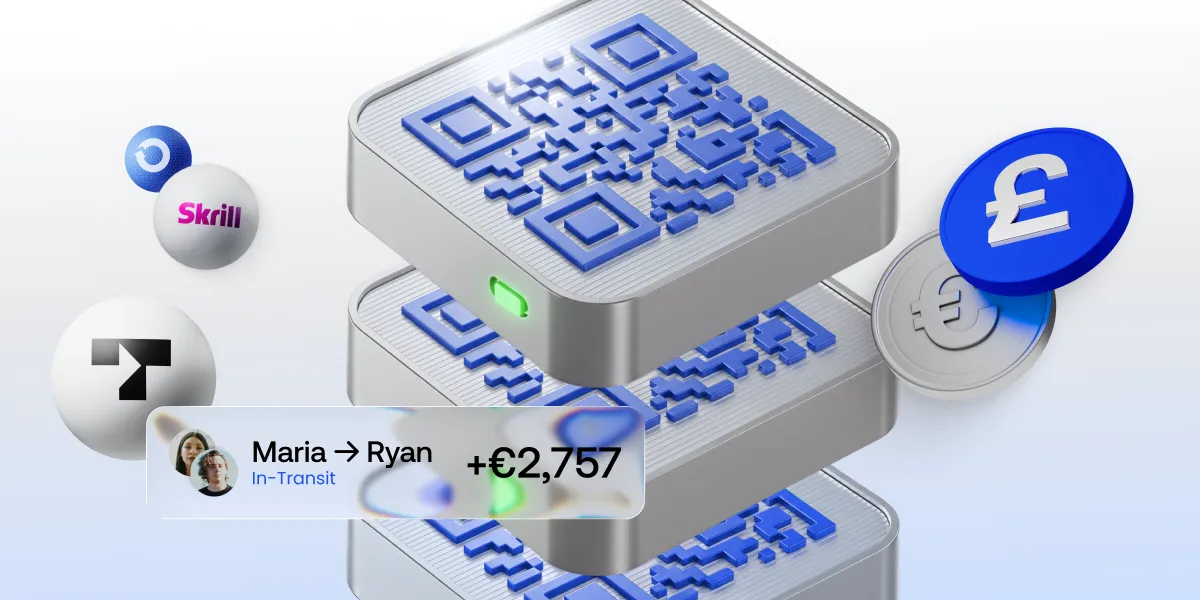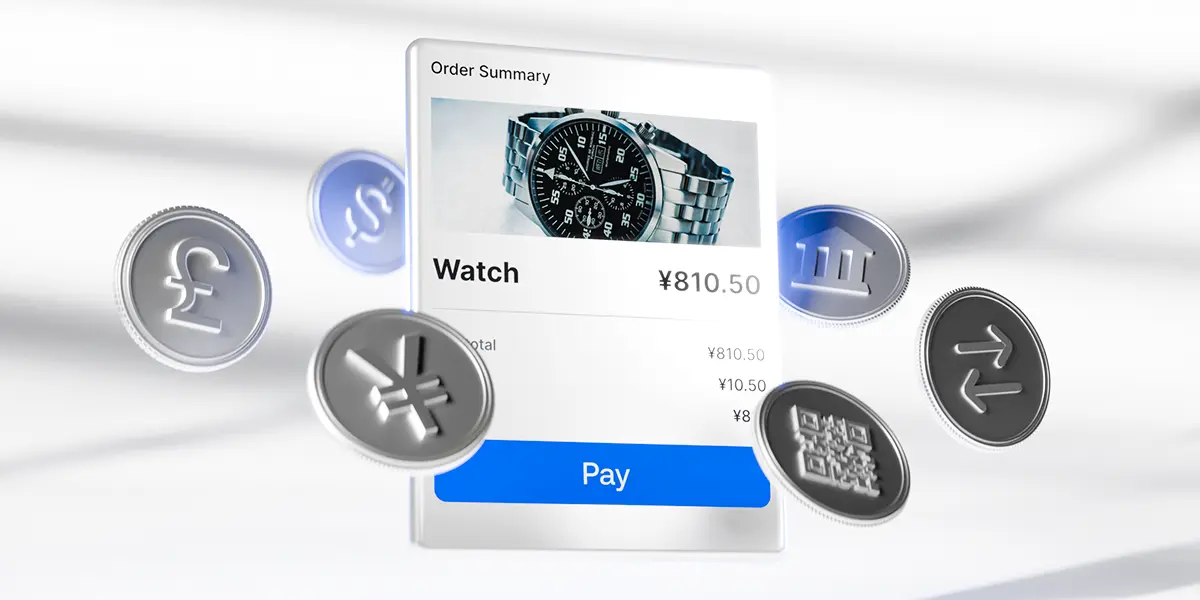The rise of QR code payments worldwide
Payment preferences in Southeast Asia: From cash to digital wallets
How to adapt your payment strategy for entering new markets
The future of payments: How AI is transforming the industry
Payment trends in Asia in 2025
Asia is home to over 4.7 billion people, making it one of the world’s most dynamic and diverse regions. With such a vast population and a rapidly growing economy, Asia is at the heart of many payment innovations. As digital technology continues to shape the way people pay and get paid, the payment landscape in Asia is evolving faster than ever. Let’s take a closer look at the top payment trends making waves across the region.
1. Mobile wallets and digital payments are taking over
Digital wallets account for 73% of e-commerce payments in Asia, compared to just 15% for cards, 6% for A2A (account to account) and 6% for others. Think about it: almost everyone carries a smartphone, and for many, it’s their most trusted tool for handling money.
In countries like China, India, and Southeast Asia, apps like Alipay, WeChat Pay, Paytm, and GrabPay are making it easier to pay for everything from groceries to cab rides. These apps are a one-stop shop, allowing users to send money, pay bills, shop online, and even pay in physical stores – just by scanning a QR code. This takes us to the second trend.
2. QR code payments: Simple, fast, and secure
QR code payments are taking the region by storm, especially in countries like India, Indonesia, and the Philippines. They’re fast, easy to use, and inexpensive for businesses to implement.
What’s more, governments in these countries are backing QR codes through initiatives like India’s Bharat QR and the Philippines’ QRPH system, which aim to create a unified payment standard across banks and payment providers.
For small businesses, QR codes are a game-changer. Merchants don’t need fancy point-of-sale systems – just a smartphone and a QR code to receive payments. As these systems expand, even more consumers in emerging markets are getting involved in digital payments.
3. The digital banking revolution
While digital banking is still evolving, it’s rapidly gaining momentum in Asia. Open banking, where third-party providers can access bank data with customer consent, is transforming financial services, especially in markets like Hong Kong, Singapore, and South Korea.
In Southeast Asia, digital-only banks like Grab’s GXS and DBS Digibank are leading the way by offering everything from savings accounts to loans and investments through mobile apps. These banks don’t require physical branches, making them more accessible to people who have never used traditional banking services before.
With these digital-first banks offering customer-friendly, low-cost services, they’re making financial inclusion a reality for millions of people.
4. Buy Now, Pay Later (BNPL): More flexibility for shoppers
The Buy Now, Pay Later (BNPL) model is booming in Asia. Services like Atome, Split, and global players like Klarna are providing consumers with the ability to split their purchases into instalments, making it easier for people to manage their spending.
In markets like Southeast Asia, where credit access has traditionally been limited, BNPL is giving consumers more financial flexibility. It’s especially popular with younger shoppers who prefer the freedom to pay over time instead of upfront. With BNPL services growing fast, it’s clear this payment trend is here to stay.
5. Cross-border payments fueling the e-commerce boom
As e-commerce continues to grow across Asia, the need for seamless cross-border payments is more important than ever. Consumers in countries like China, India, and Japan are increasingly buying from international retailers, creating demand for payment solutions that are easy to use and low-cost, even for global transactions.
Payment providers are stepping up by offering localised options that make international shopping more accessible. For example, Chinese consumers often use Alipay or WeChat Pay for cross-border payments, while Indian shoppers prefer Paytm. With more people shopping online across borders, improving cross-border payments is a priority for businesses looking to thrive in the digital age.
6. Cryptocurrency and blockchain: The future of payments?
Cryptocurrency and blockchain technology are still emerging trends, but they’re starting to make an impact across Asia. Countries like Japan and South Korea are ahead of the curve, with some retailers already accepting Bitcoin and other cryptocurrencies for payments.
Blockchain, the technology behind cryptocurrencies, is also being explored for its potential to improve the efficiency and security of cross-border payments. Additionally, Central Bank Digital Currencies (CBDCs), such as China’s Digital Yuan, are being tested as alternatives to traditional currencies. These innovations could revolutionise how we think about and use money in the future.
7. Government initiatives and financial inclusion
Asia is making great strides in boosting financial inclusion thanks to government-backed initiatives that encourage the use of digital payments. India’s Unified Payments Interface (UPI) is one of the standout examples, making it easier for consumers to send money across banks and payment platforms with just their smartphones.
Governments in countries like Indonesia and Vietnam are also pushing digital payments to help people in rural areas access financial services. By promoting digital transactions, these initiatives are breaking down barriers to financial inclusion and improving access to banking for underserved populations.
Learn about payment regulations in Asia.
Leading payment innovation with Payop
As Asia drives the future of payments with innovations like mobile wallets, QR codes, and open banking, Payop is here to help businesses stay ahead. With our diverse payment solutions, including over 500 local and cross-border options, we enable merchants to meet the needs of today’s tech-savvy consumers.
Partner with Payop to easily integrate the latest payment trends and stay competitive in the fast-evolving Asian market.









